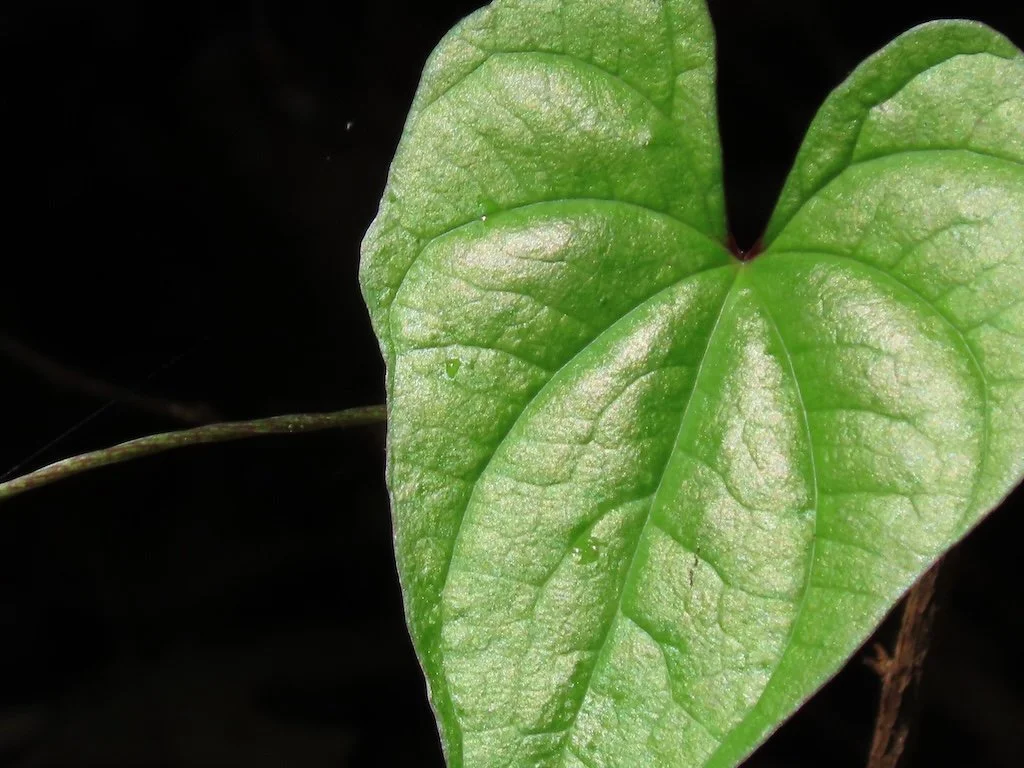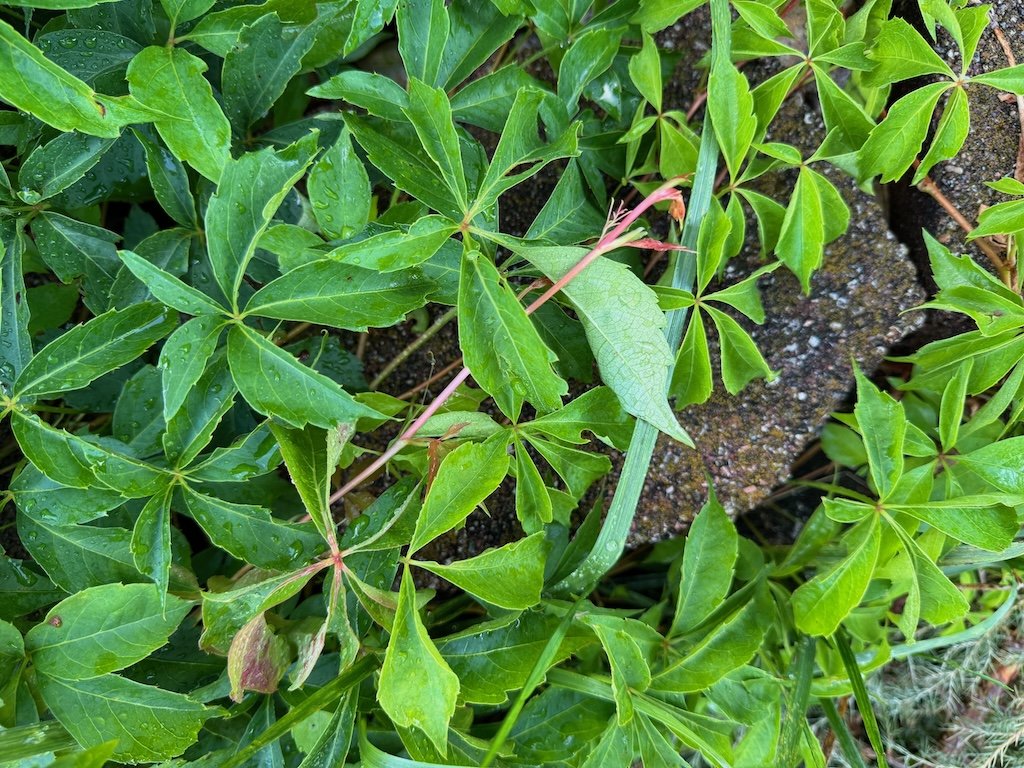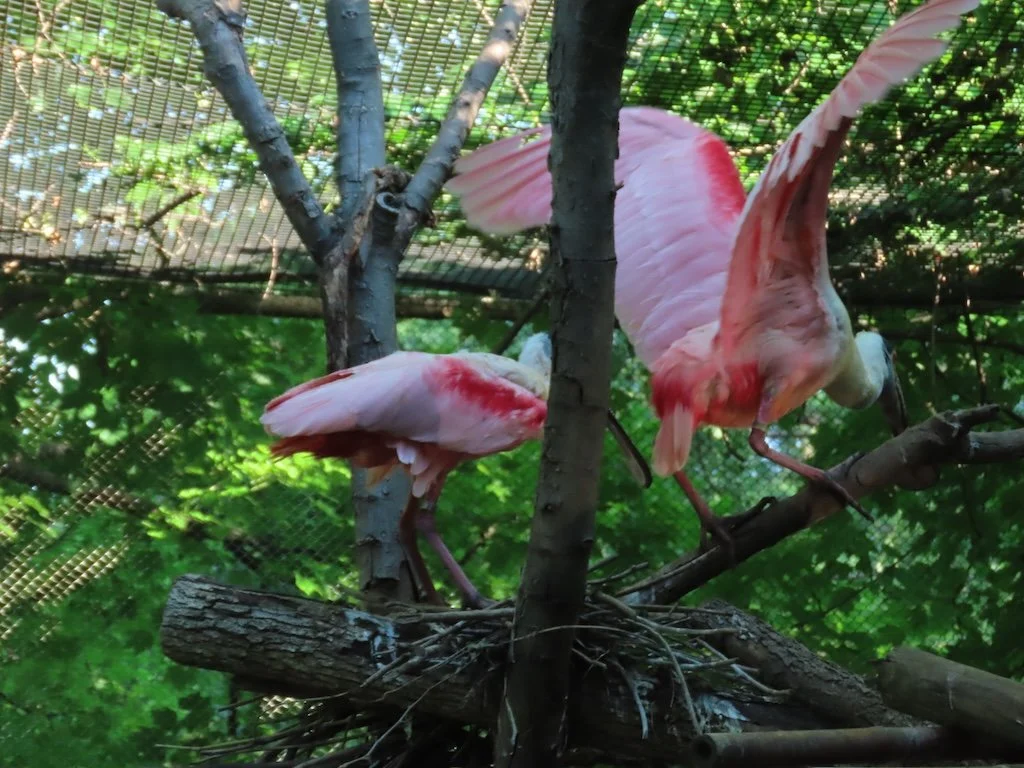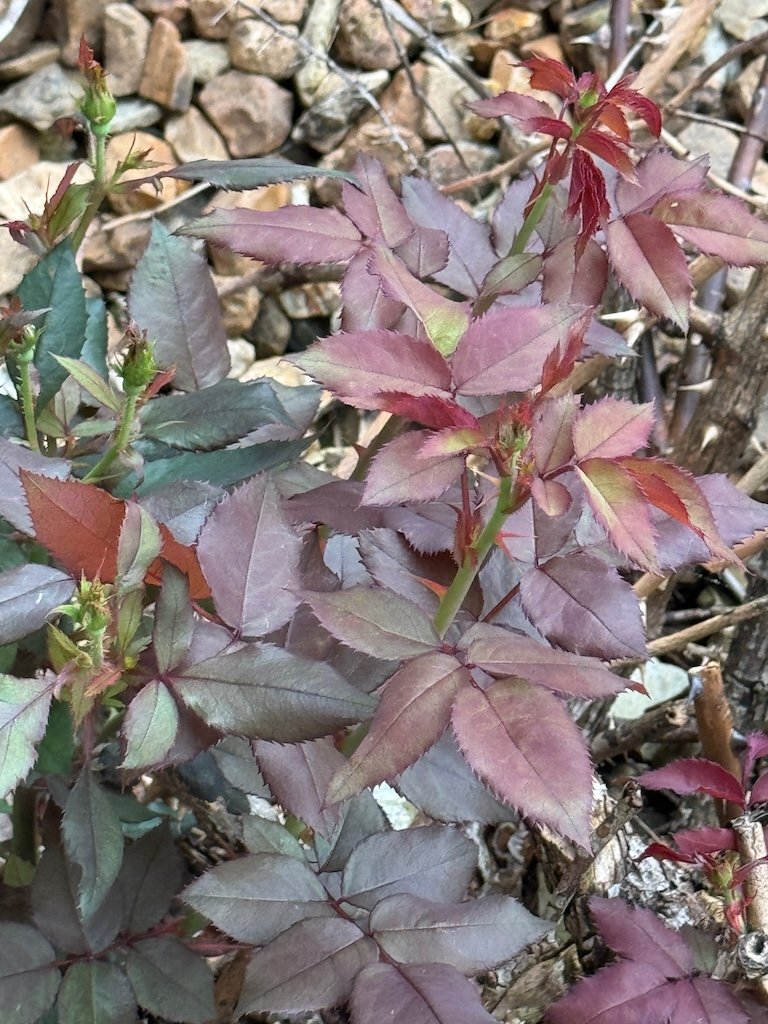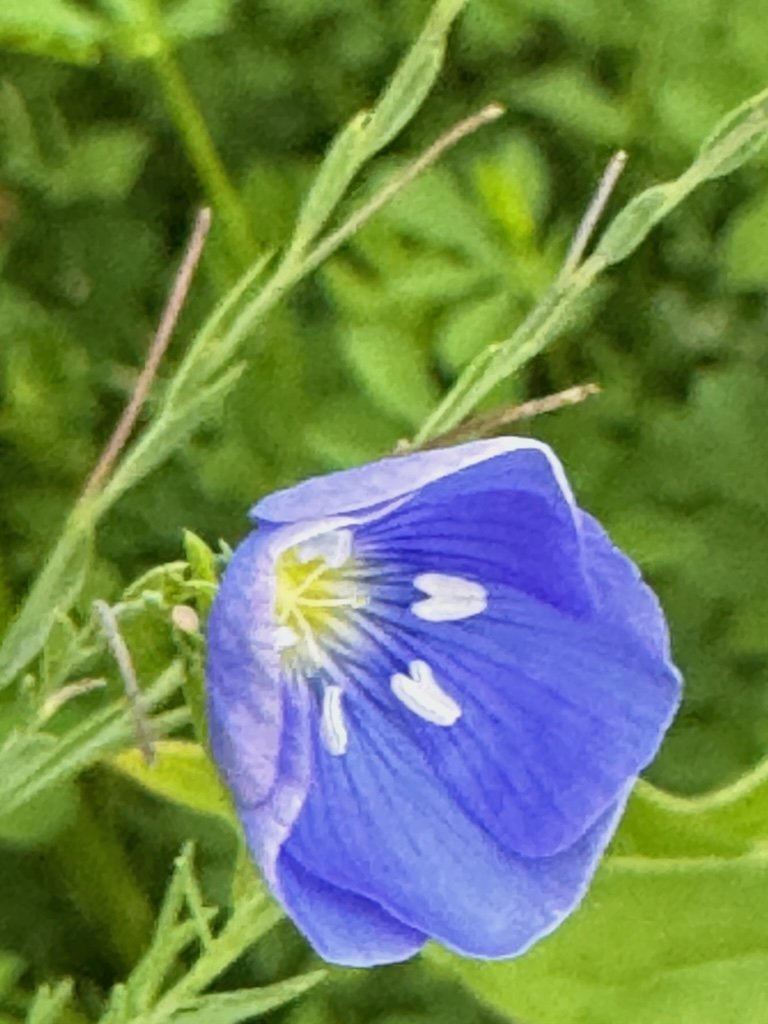Then and Now – Pattern of Days
/During my growing up years in the 1960s, my days were largely determined by school – at least during the school year. Now, there is nothing equivalent to that structure. The lack of externally caused structure now is somewhat like the summer days when school was not in session - when I had more self-determination of how I would spend my time.
I have always been a morning person although I get up earlier now than I did in the 1960s (5ish rather than 6ish). By the mid-60s I chose to shower in the morning rather than take a bath at night. I was the one that got the paper from the front porch and read the parts I wanted before anyone else. My family had breakfast together and it was never the same two days in a row. These days I still shower in the morning and browse through news feeds in my office on two screens while I have a light ‘1st breakfast’ – something with caffeine and some supplements. By 8ish I am ready for something more substantial. Right now, peanut butter on toast is the dominant ‘2nd breakfast.’
I spend the morning in my office now and there is quite a similarity to things I did in the 1960s – reading and writing and art and science and PE. The difference now is I control how much time I spend walking (PE), native plant gardening (science), Zentangle tiles (art), or volunteering…and how much a computer or a phone is part of almost every activity now. At least once a week, I mow my yard during the growing season (battery powered); there is no corollary to that in the 1960s although I remember a few times that I helped use the riding lawn mower (gas powered) to mow my parents’ yard. Another day, I shop for groceries; I always had list just as my mother did (even though mine is electronic and hers was on a piece of paper) and am generally more successful than she was at only going to the store once a week!
Lunch is the largest meal of the day for me now and it is about 1 PM; I plan the menus and do most of the cooking while my husband cleans up afterward. We often watch news or a series on television while we eat sitting in comfy chairs. In the 1960s I either ate in the school cafeteria or took a lunch from home during the school year; lunchtime happened between 11:30 to 12:30 depending on the schedule for the school. In the summer, the schedule was roughly the same at home; often we helped prepare part of the meal with my mother….and had part of the cleanup job too. We ate at a table at school and at home.
After lunch, is more of the same….both in the 1960s and now. Overall – I determine more what I do than in the 1960s. I sign up for classes I am interested in rather than keep to a curriculum like I did in the public schools of the 1960s. Some of my classes cost something rather than being free but I often benefit from discounts because of my age.
In the 1960s, the evening meal was between 5:30 and 6 PM and was the same or larger than the mid-day meal. In general, homework was completed before that. My mother limited our television viewing to an hour a day or less. The evening was family time. Now – our evening meals are always lighter than our lunches – a smoothie being my preference for summertime evenings; it is the time of day when family phone conversations usually happen.
The pattern of days is the baseline, but a lot happens that is outside the routine of the pattern. Some are similar between the 1960s and now: road trips to visit family, seasonal events like Christmas lights, local events like fairs and festivals, and out-of-town family members visiting us. I thought I was busy in the 1960s, but when I look at what I get done now, it seems that I accomplish more!
Previous Then and Now posts















